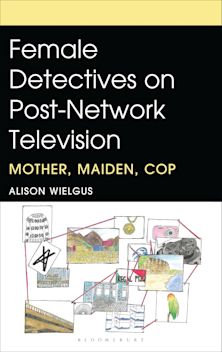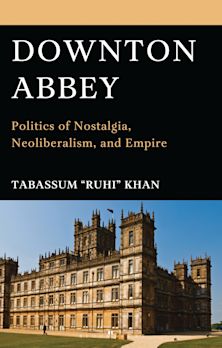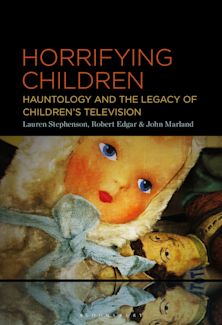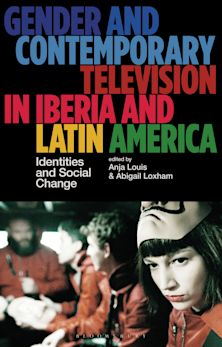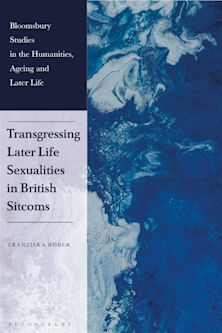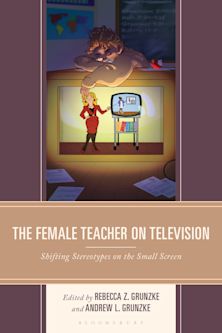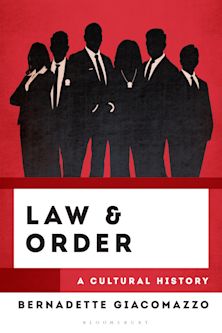Youth Horror Television and the Question of Fear
Youth Horror Television and the Question of Fear
Description
Focusing on programs from the 1970s to the early 2000s, this volume explores televised youth horror as a distinctive genre that affords children productive experiences of fear. Led by intrepid teenage investigators and storytellers, series such as Scooby-Doo! Mystery Incorporated and Are You Afraid of the Dark? show how young people can effectively confront the terrifying, alienating, and disruptive aspects of human existence. The contributors analyze how televised youth horror is uniquely positioned to encourage young viewers to interrogate—and often reimagine—constructs of normativity. Approaching the home as a particularly dynamic viewing space for young audiences, this book attests to the power of televised horror as a domain that enables children to explore larger questions about justice, human identity, and the preconceptions of the adult world.
Table of Contents
Chapter One: “And Whenever They Catch You, They Will Kill You”: Martin Rosen’s Watership Down (1978) as Horror
Brandon R. Grafius
Chapter Two: “The Sooner We’re All One Big Happy Family, the Better”: Children of the Stones as a Cautionary Tale
Fernando Gabriel Pagnoni Berns
Chapter Three:Abject Horror in Courage the Cowardly Dog
Katherine Ridolfi-Lizza
Section Two: Youth Horror and Imagining Differences
Chapter Four: Green Men, Literate Worms, and Swamp Monsters—an Ecocritical Reading of Select Goosebumps Episodes
Barbara Katharina Reschenhofer
Chapter Five:Everywhere and Nowhere:Pastiche and the Uncanny in Courage the Cowardly Dog
Kimberly Plaksin
Chapter Six: Developing in the Dark: Confronting Fears through Supportive Storytelling in Nickelodeon’s Are You Afraid of the Dark?
Michael Jacob
Section Three: Youth Horror Reaches Its Adulthood
Chapter Seven: “I Call This Story the Tale of . . .”: The Hosts and Narrators of Children’s Horror Television
Merinda Staubli
Chapter Eight: “We’ve Been Teenagers Forever”: Reference and Self-Reflexivity in Scooby-Doo! Mystery Incorporated
Stacey Anh Baran
Chapter Nine: “Don’t Let Your Parents Watch It Alone!”: Cautionary Tales and Family Horror in R. L. Stine’s The Haunting Hour
Filipa Antunes
Product details
| Published | Sep 24 2024 |
|---|---|
| Format | Ebook (Epub & Mobi) |
| Edition | 1st |
| Extent | 170 |
| ISBN | 9781611463422 |
| Imprint | Lehigh University Press |
| Series | Critical Conversations in Horror Studies |
| Publisher | Bloomsbury Publishing |
Reviews

ONLINE RESOURCES
Bloomsbury Collections
This book is available on Bloomsbury Collections where your library has access.












